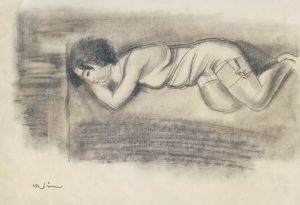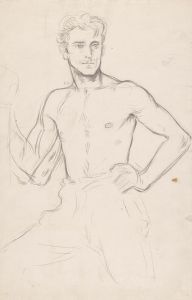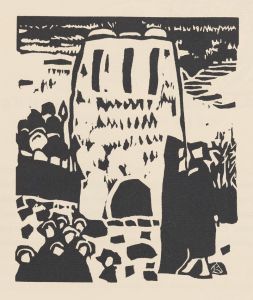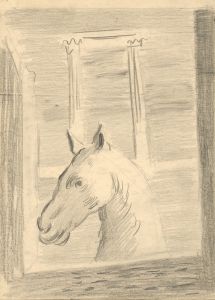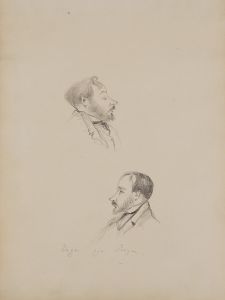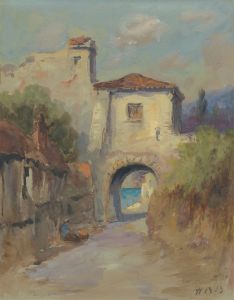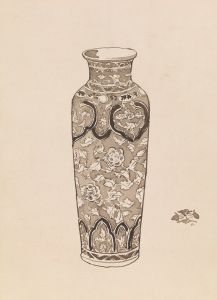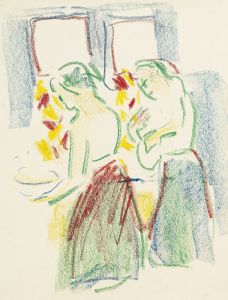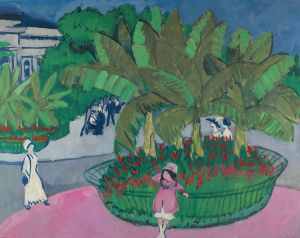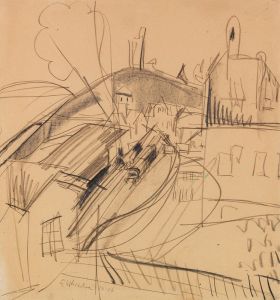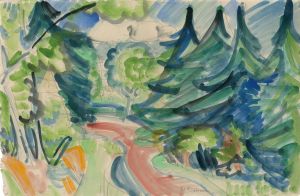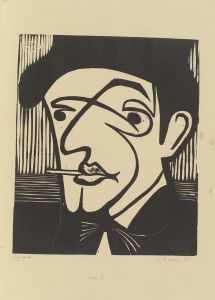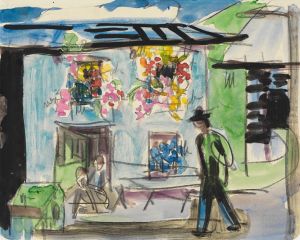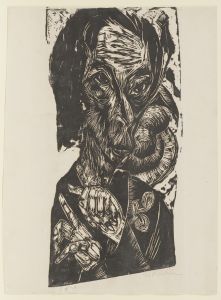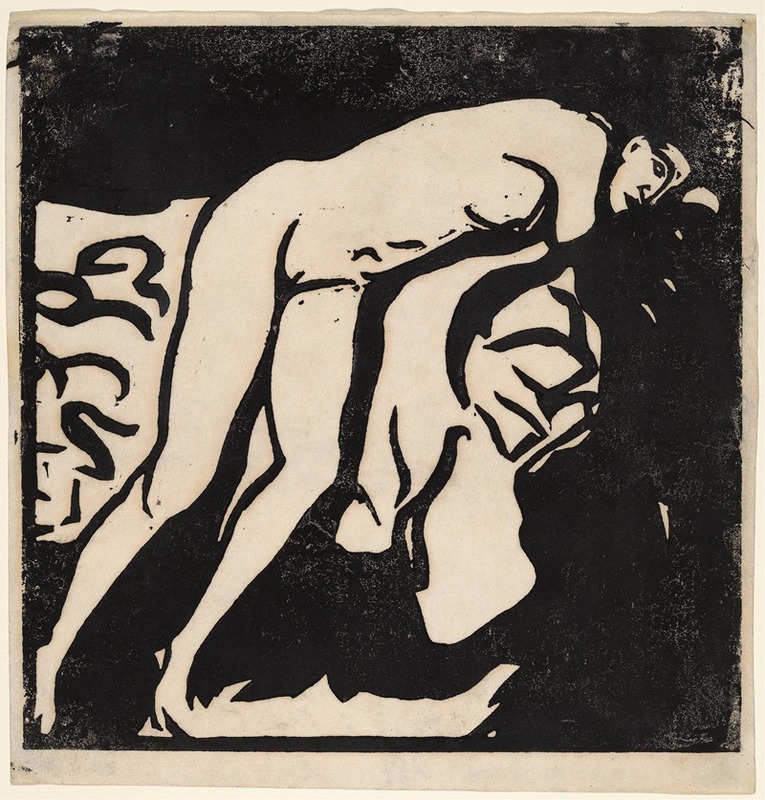
Nude Girl
A hand-painted replica of Ernst Ludwig Kirchner’s masterpiece Nude Girl, meticulously crafted by professional artists to capture the true essence of the original. Each piece is created with museum-quality canvas and rare mineral pigments, carefully painted by experienced artists with delicate brushstrokes and rich, layered colors to perfectly recreate the texture of the original artwork. Unlike machine-printed reproductions, this hand-painted version brings the painting to life, infused with the artist’s emotions and skill in every stroke. Whether for personal collection or home decoration, it instantly elevates the artistic atmosphere of any space.
"Nude Girl" is a painting created by the German expressionist artist Ernst Ludwig Kirchner. Kirchner, born on May 6, 1880, in Aschaffenburg, Germany, was a founding member of the influential artist group Die Brücke (The Bridge), which played a crucial role in the development of Expressionism in the early 20th century. The group aimed to create a new style of art that would bridge the gap between traditional academic art and modern artistic expression.
Kirchner's work is characterized by its bold use of color, dynamic compositions, and a focus on the human figure, often depicted in a raw and unidealized manner. "Nude Girl" exemplifies these characteristics, showcasing Kirchner's distinctive style and his interest in the human form.
The painting features a young female nude, rendered with expressive brushstrokes and vibrant colors. Kirchner's approach to the human body is direct and unembellished, reflecting his desire to capture the essence of his subjects rather than idealize them. The figure's pose and the surrounding environment suggest a sense of immediacy and intimacy, inviting the viewer to engage with the subject on a personal level.
Kirchner's use of color in "Nude Girl" is particularly noteworthy. He employs a palette of bold, contrasting hues to create a sense of energy and movement within the composition. The background is often rendered in abstract patterns or simplified forms, further emphasizing the central figure and enhancing the overall impact of the painting.
Throughout his career, Kirchner was deeply influenced by non-Western art forms, particularly African and Oceanic art, which he encountered through ethnographic museums and collections. This influence is evident in the stylized forms and patterns present in "Nude Girl," as well as in his broader body of work. Kirchner's interest in these art forms was part of a larger trend among European artists of the time, who sought to break away from traditional Western artistic conventions and explore new modes of expression.
"Nude Girl" was created during a period of significant personal and artistic development for Kirchner. In the early 1910s, he moved to Berlin, where he became increasingly involved in the city's vibrant avant-garde scene. This period saw the creation of some of his most important works, as he experimented with new techniques and themes. However, Kirchner's time in Berlin was also marked by personal struggles, including mental health issues and substance abuse, which would later impact his career and life.
Despite these challenges, Kirchner's contributions to the art world have had a lasting impact. His work, including "Nude Girl," continues to be celebrated for its boldness, emotional intensity, and innovative approach to the human figure. Today, Kirchner is regarded as one of the leading figures of German Expressionism, and his paintings are held in major museums and collections around the world.
In summary, "Nude Girl" by Ernst Ludwig Kirchner is a significant example of the artist's expressionist style, characterized by its bold use of color, dynamic composition, and unidealized depiction of the human form. The painting reflects Kirchner's broader artistic interests and his contributions to the development of modern art in the early 20th century.





